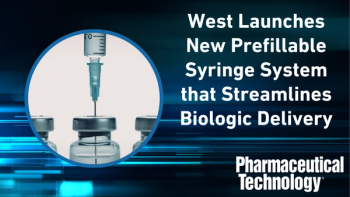
Outcome Report on European Collaboration between Regulators and HTA Bodies
This work marks the first joint project between regulators and HTA bodies on a European level and is part of their ongoing dialogue to support policymaker decisions in the future.
The
The article, “Improving the contribution of regulatory assessment reports to health technology assessments—a collaboration between the European Medicines Agency and the European network for Health Technology Assessment,” is authored by EMA staff members and representatives of EUnetHTA.
Clinical data generated during the drug development process are used to evaluate the benefit/risk balance of a medicine for marketing authorization purposes. This information forms the basis of the assessment of the effectiveness of new medicines compared to existing therapies as part of the HTA process to support decision making on appropriate utilization, price and reimbursement in EU member states.
The joint EMA-EUnetHTA project responded to a political recommendation to consider how the assessment of the favorable and unfavorable effects of a medicine as contained in EMA’s European Public Assessment Reports (EPARs) can best be used to inform the assessment of the relative effectiveness of new medicines for HTA purposes in EU member states. As part of this project, the EMA and EUnetHTA developed an improved structure and presentation of key information with the view to increase clarity and transparency of the outcome of the scientific-review process as reflected in the EPARs.
The authors envisage that with the improved presentation of data and information in the EPAR, this regulatory document will be more useful in the context of rapid relative effectiveness assessments by HTA bodies when they inform policymakers and healthcare decision makers in the future.
In addition, EMA and EUnetHTA will continue to explore other areas of collaboration or exchange of information, such as ways for sponsors to obtain scientific advice or early dialogues with regulators and HTA or payer bodies, discussions and exchange on scientific and methodological guidelines, exploring opportunities of exchange on regulatory assessments in view of subsequent health technology assessments, post-licensing data generation and the specificities of orphan medicinal products.
EMA and EUnetHTA hold regular meetings, and the most recent one took place on 15 May 2014. Minutes from these meetings, as well as the joint three-year work plan, are available on both the EMA and EUnetHTA websites.
The value of cooperation between regulators and HTA bodies has a real potential to reduce the time for a medicinal product to reach patients. It also has potential to reduce development costs for sponsors, by shaping medicines development programs so that they generate data relevant for the needs of both regulatory authorities and HTA bodies.
Source:
Newsletter
Get the essential updates shaping the future of pharma manufacturing and compliance—subscribe today to Pharmaceutical Technology and never miss a breakthrough.




